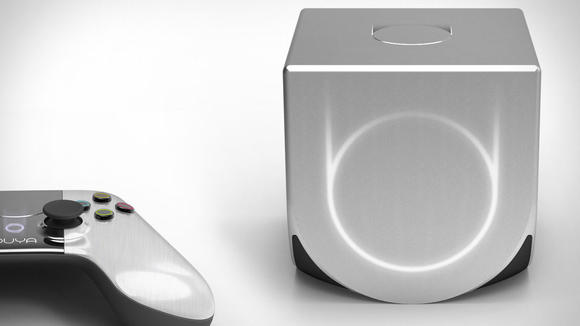This post has not been edited by the GamesBeat staff. Opinions by GamesBeat community writers do not necessarily reflect those of the staff.
Perhaps the mixture of a mobile platform and a gaming console has hit its first snag. Julie Uhrman, founder and CEO of Ouya – the Android-based console coming to store shelves in June – told The Verge Thursday Ouya will be refreshing its hardware every year with newer and better components. A new $99 console each year.
I’ll cut to the point: I think this is a mistake, and it’s one I was afraid these mobile game developers with console ambitions would make.
Annual refreshes in smartphone and tablet hardware are the norm, and it serves a functional purpose. The constantly evolving technology in mobile chips give these devices better performance for less power consumption, making them more convenient and user friendly for the people who carry them around all day. A game console is a box that sits attached to a television and plugged into the wall. Updating the technology will certainly make a difference on the graphical heft the games will have, but these incremental improvements could put too many versions of the same console out there, leaving developers to wonder where the best benchmark resides for their games. The Ouya 2 may play the prettiest version of a new game, while the original Ouya may play it in a scaled down format or not at all.
You might say this hasn’t been a problem with tablets. Their prowess as a gaming platform continues to grow despite the bar on technology moving ever upward. But again, a tablet is a more versatile tool, and there are many reasons people hold on to those devices longer. A dedicated gaming device with power that gets watered down annually with each successive iteration, I think, will leave people confused about where to jump in.
Gaming consoles get a lot of flak for locking in technology, but they do remain a constant developers work with over time and learn to pull more from with each game. If Ouya intends to refresh each year, developers are going to have to decide whether to work with the technology as it stands today or wait until it gets better tomorrow.

